Home>Garden Essentials>When To Plant Dahlia Seeds
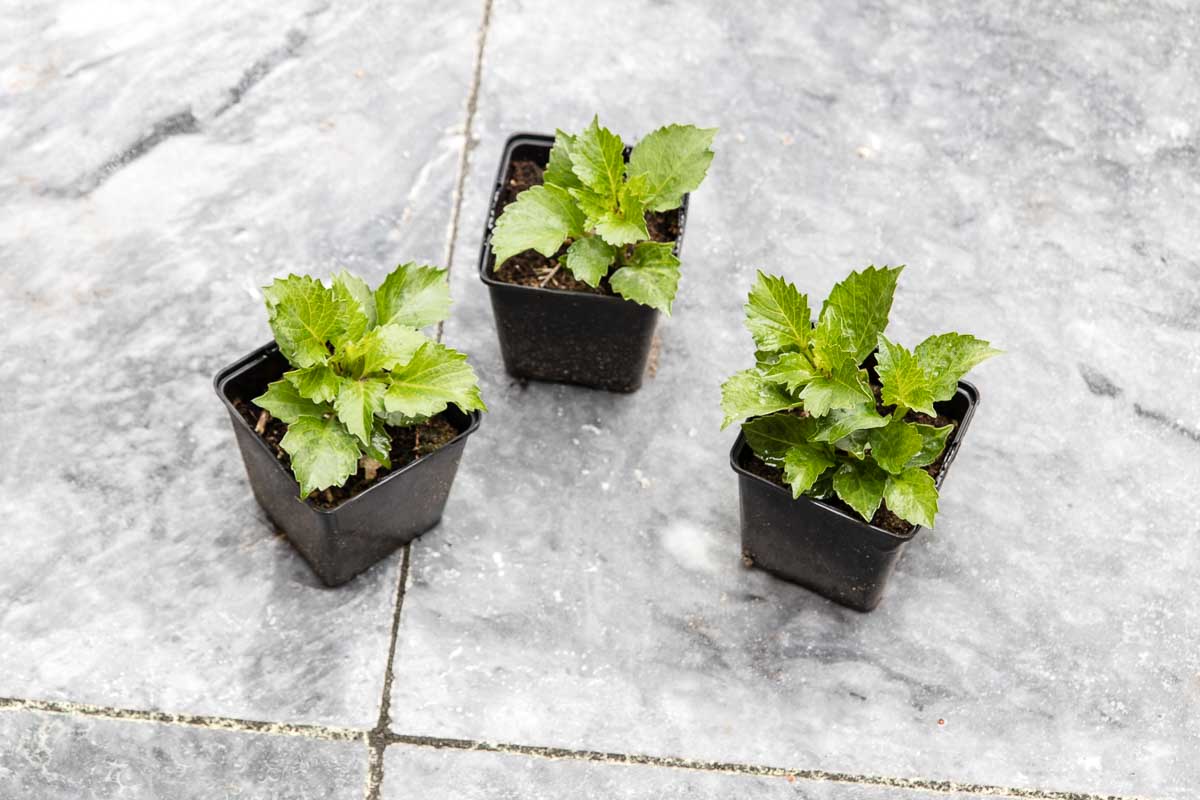

Garden Essentials
When To Plant Dahlia Seeds
Modified: March 15, 2024
Looking to start a garden? Learn when to plant dahlia seeds and get tips for a successful garden. Grow your own beautiful dahlias today!
(Many of the links in this article redirect to a specific reviewed product. Your purchase of these products through affiliate links helps to generate commission for Storables.com, at no extra cost. Learn more)
Introduction
Welcome to the wonderful world of gardening! If you’re interested in adding some vibrant and eye-catching flowers to your garden, dahlias are an excellent choice. Known for their stunning blooms in a wide array of colors and shapes, dahlias can bring life and beauty to any outdoor space. While many gardeners opt to start with established dahlia plants, planting dahlia seeds can be a rewarding and cost-effective alternative.
In this article, we will guide you through the process of planting dahlia seeds. We will cover everything from understanding dahlia seeds to the ideal timing for planting, preparing the soil, caring for seedlings, and transplanting them. Whether you’re an experienced gardener looking to try something new or a beginner eager to embark on your gardening journey, this article will provide you with all the information you need to successfully plant dahlia seeds and nurture them into beautiful flowering plants.
But before we delve into the process, it’s important to understand what exactly dahlia seeds are and what factors you should consider before planting them.
Key Takeaways:
- Planting dahlia seeds requires considering factors like climate, soil quality, and watering. Starting seeds indoors can give them a head start before transplanting outdoors.
- Caring for dahlia seedlings involves watering, thinning, providing support, and protecting from pests. Transplanting them into well-prepared soil and providing proper care will lead to beautiful blooms.
Read more: How To Collect Dahlia Seeds
Understanding Dahlia Seeds
Dahlia seeds are the result of pollination between dahlia flowers. They are small, typically resemble tiny dark brown or black beads, and can vary in size depending on the dahlia variety. Each seed contains the genetic material needed to grow into a new dahlia plant.
It’s important to note that not all dahlia seeds will produce plants with the same characteristics as their parent plants. This is because dahlias, like many other flowers, can cross-pollinate with other varieties. As a result, the offspring may exhibit different colors, sizes, and petal shapes compared to the parent plants. This unpredictability is part of the excitement of growing dahlias from seeds, as you can discover unique and unexpected combinations.
When purchasing dahlia seeds, it’s advisable to choose reliable sources to ensure the quality and viability of the seeds. Look for reputable seed suppliers or consider saving seeds from your own dahlia plants if you have previously grown them.
Now that you have a better understanding of dahlia seeds, let’s explore the factors you need to consider before planting them.
Factors to Consider Before Planting Dahlias from Seeds
Before you start planting dahlia seeds, it’s important to take a few factors into consideration to ensure successful growth and blooming. These factors include:
- Climate: Dahlias thrive in climates with mild temperatures and long growing seasons. They prefer full sun exposure and require a minimum of six to eight hours of sunlight each day. Consider your local climate and whether it provides optimal conditions for dahlia cultivation.
- Soil Quality: Dahlias prefer well-draining soil rich in organic matter. It’s crucial to prepare the soil by removing weeds, rocks, and debris, and incorporating compost or well-rotted manure to improve its fertility and drainage.
- Spacing: Determine the available space in your garden or containers for dahlia plants. Keep in mind that dahlias can grow quite large, so allow enough room for proper air circulation and growth. Spacing requirements may vary depending on the dahlia variety, so refer to the specific instructions on the seed packet or consult with a gardening professional.
- Watering: Dahlias require regular watering, especially during dry spells. However, it’s essential to strike a balance and avoid overwatering, as this can lead to root rot. Ensure that the soil remains moist but not waterlogged.
- Pests and Diseases: Be aware of common pests and diseases that can affect dahlias, such as aphids, slugs, snails, and powdery mildew. Take preventive measures by keeping the garden clean, practicing proper spacing, and inspecting plants regularly for any signs of infestation or disease.
Considering these factors will help you create an ideal environment for your dahlia seeds to thrive and flourish. Now that you’re familiar with the essential considerations, let’s move on to the next step: determining the best timing for planting dahlia seeds.
Timing for Planting Dahlia Seeds
Timing is crucial when it comes to planting dahlia seeds. Dahlias are warm-weather plants, so it’s essential to wait until the danger of frost has passed before sowing the seeds. In most regions, this means waiting until springtime, once the soil has warmed up and temperatures are consistently above freezing.
To get a head start on the growing season, you can start dahlia seeds indoors 6-8 weeks before the last expected frost date in your area. This will give the seeds ample time to germinate and develop into seedlings before being transplanted outdoors.
When starting seeds indoors, use a seed-starting mix or a well-draining potting soil. Moisten the soil, sow the seeds on the surface, and lightly cover them with a thin layer of soil. Place the seed tray or pots in a warm location, ideally between 70-75°F (21-24°C), and provide sufficient light either through a sunny window or by using grow lights.
Once the danger of frost has passed and the seedlings have developed a few sets of leaves, they can be transplanted into the garden. The specific transplanting time can vary depending on your location, but it’s generally recommended to wait until the soil has warmed up and daytime temperatures consistently reach 60°F (15°C) or higher.
By following the optimal timing for planting dahlia seeds, you’ll give your plants the best chance of thriving and producing beautiful blooms. Now that you know when to plant, let’s move on to preparing the soil for your dahlia seeds.
Preparing the Soil for Dahlia Seeds
Preparing the soil is a crucial step in setting the stage for healthy growth and development of your dahlia seeds. Here are the essential steps to prepare the soil:
- Clear the area: Begin by clearing the planting area of any weeds, rocks, or debris. These can inhibit proper growth or interfere with seedling emergence.
- Loosen the soil: Use a garden fork or a tiller to loosen the soil to a depth of at least 12 inches (30 cm). This will improve drainage and ensure better root penetration.
- Add organic matter: Incorporate organic matter, such as compost or well-rotted manure, into the soil. This will enhance fertility, improve moisture retention, and provide essential nutrients for the plants.
- Check pH level: Dahlias prefer a slightly acidic to neutral soil pH ranging from 6.0 to 7.5. Test the soil pH using a soil testing kit and make any necessary adjustments to bring it within the desired range.
- Apply fertilizer: Before planting the seeds, apply a balanced slow-release fertilizer according to the package instructions. This will provide essential nutrients gradually throughout the growing season.
- Smooth the soil: After amending the soil, use a rake to level the surface and create a smooth and even planting bed.
By following these steps, you’ll create an ideal environment for your dahlia seeds to thrive. Additionally, the improved soil quality will support healthy root development and ultimately lead to vigorous growth and abundant blooms.
Now that the soil is ready, it’s time to move on to the exciting part – planting your dahlia seeds!
Dahlia seeds should be planted in early spring, after the last frost has passed. They need warm soil to germinate, so wait until the soil temperature is consistently above 60°F (15°C).
Read more: When To Plant Verbena Seeds
Planting Dahlia Seeds
Now that you have prepared the soil, it’s time to sow your dahlia seeds. Follow these steps to ensure proper planting:
- Select the planting method: There are two common methods for planting dahlia seeds: direct sowing or starting seeds indoors. Direct sowing involves planting the seeds directly into the garden soil, while starting seeds indoors allows for earlier germination and seedling development before transplanting outdoors.
- Direct Sowing: If you choose to directly sow your dahlia seeds, create small furrows or holes in the soil about 1/4 inch deep. Space the furrows or holes according to the recommended spacing for your dahlia variety. Drop one or two seeds in each hole and cover them lightly with soil.
- Starting Seeds Indoors: If you opt for starting seeds indoors, fill seed trays or small pots with a well-draining seed-starting mix. Moisten the mix, sow one or two seeds per cell or pot, and cover them lightly with a thin layer of soil. Place the trays or pots in a warm location, ideally between 70-75°F (21-24°C), and provide adequate light.
- Water gently: After planting your dahlia seeds, water the soil gently to ensure good seed-to-soil contact. Avoid overwatering, as excessive moisture can lead to rotting or damping-off of the seeds.
- Provide appropriate temperature and light: Whether you choose to sow the seeds directly or start them indoors, ensure that the temperature and lighting conditions are suitable for germination. Maintain a warm temperature and provide ample sunlight or artificial light to promote healthy growth.
- Monitor and care for seedlings: Keep a close eye on your seedlings, checking for signs of growth. Once they have developed a few sets of true leaves, thin out the weaker seedlings, leaving only the strongest one per hole or pot.
Remember to regularly water the seedlings, keeping the soil moist but not waterlogged. Additionally, provide adequate light and ventilation to prevent damping-off or leggy growth.
Following these steps will give your dahlia seeds the best chance of germinating and growing into healthy seedlings. In the next section, we’ll discuss how to care for your dahlia seedlings as they continue to grow.
Caring for Dahlia Seedlings
As your dahlia seedlings continue to grow, it’s important to provide them with proper care to ensure their health and development. Here are some essential tips for caring for your dahlia seedlings:
- Watering: Keep the soil consistently moist but not waterlogged. Water the seedlings thoroughly whenever the top inch of soil feels dry to the touch. Avoid overwatering, as it can lead to root rot. As the seedlings grow, adjust the watering schedule to accommodate their increasing needs.
- Thinning: If you started multiple seeds in one container, thin out the weaker seedlings, leaving only the strongest one to allow it to grow and develop without competition. This will give the remaining seedlings more space and resources for healthy growth.
- Provide support: As the seedlings grow taller, provide support by gently staking them to prevent them from bending or breaking. Use soft plant ties or bamboo stakes and adjust the support as needed to accommodate their growth.
- Fertilizing: Once the seedlings have established a strong root system and are actively growing, begin fertilizing them with a balanced liquid or granular fertilizer. Follow the instructions on the fertilizer package for the correct application rates and frequency. Regular fertilization will provide the necessary nutrients for healthy plant development.
- Protect from pests: Keep an eye out for common garden pests like aphids, slugs, and snails. If you notice any signs of infestation, take prompt action to control them. Use organic pest control methods or consult with your local garden center for appropriate remedies.
- Provide proper lighting: Ensure that your dahlia seedlings receive adequate sunlight or artificial light. Position them in a location with at least six to eight hours of bright, indirect light each day. Rotate the containers if necessary to prevent the seedlings from leaning towards the light source.
- Harden off: Before transplanting your dahlia seedlings outdoors, gradually acclimate them to the outdoor environment. This process, known as hardening off, involves exposing the seedlings to increasing amounts of sunlight and outdoor conditions over a span of one to two weeks. Start by placing them outside for a few hours each day, gradually increasing the duration and intensity of exposure.
By providing proper care to your dahlia seedlings, you are setting the stage for strong and healthy plants. The next step is to transplant them into the garden or larger containers, which we will discuss in the following section.
Transplanting Dahlia Seedlings
Once your dahlia seedlings have grown to a suitable size and the weather conditions are favorable, it’s time to transplant them into the garden or larger containers. Follow these steps for successful transplanting:
- Choose the planting location: Select a location in your garden that receives full sun exposure and has well-draining soil. Ensure that there is enough space for the mature size of the dahlia plants and proper air circulation.
- Prepare the planting hole: Dig a hole that is slightly larger than the root ball of the dahlia seedling. The hole should be deep enough to accommodate the seedling without burying the stem too deeply.
- Amend the soil: Before placing the seedling in the hole, amend the soil in the planting area by incorporating compost or well-rotted manure. This will provide additional nutrients and improve the soil structure.
- Remove the seedling from its container: Carefully remove the dahlia seedling from its container by gently squeezing the sides and bottom of the pot. If the roots are tightly bound, loosen them slightly without damaging the delicate roots.
- Place the seedling: Set the seedling in the prepared hole, ensuring that the top of the root ball is level with or slightly above the soil surface. Gently backfill the hole with soil, firming it around the roots to eliminate any air pockets.
- Water thoroughly: After transplanting, water the seedling thoroughly to settle the soil and provide hydration to the roots. Ensure that the surrounding soil is evenly moist but not waterlogged.
- Mulch: Apply a layer of organic mulch around the base of the seedling, leaving a small space around the stem to prevent rot. Mulching helps to conserve moisture, suppress weeds, and regulate soil temperature.
- Provide support: Depending on the height and growth habit of your dahlia variety, consider providing support by staking the plant. Insert a stake into the ground near the seedling and gently tie the stem to the stake using soft plant ties.
Transplanting your dahlia seedlings is a critical step in their journey towards maturity. By following these steps and providing proper care, you will give your dahlias the best chance to thrive and produce stunning blooms.
Now that your seedlings are safely transplanted, let’s explore some additional tips to ensure the success of your dahlia seed planting journey.
Tips for Successful Dahlia Seed Planting
Planting dahlia seeds can be a rewarding and exciting gardening endeavor. To maximize your chances of success, consider these helpful tips:
- Start with fresh seeds: Choose quality dahlia seeds from reputable sources. Fresh seeds have higher germination rates and give you a better chance of growing healthy seedlings.
- Provide proper lighting: Whether you’re starting your seeds indoors or planting them directly in the garden, ensure they receive adequate light. Dahlias thrive in full sun, so provide at least six to eight hours of sunlight daily or use artificial grow lights.
- Use well-draining soil: Dahlia seeds require soil that drains well to prevent waterlogging and root rot. Amend heavy clay or compacted soil with organic matter to improve drainage.
- Water consistently: Keep the soil consistently moist but not waterlogged. Water the seedlings regularly and adjust the watering schedule as the plants grow and their water needs change.
- Thin seedlings: If your seedlings are overcrowded, thin them out to provide sufficient space for healthy growth. Remove the weaker seedlings, leaving only the strongest ones to thrive.
- Protect from pests and diseases: Monitor your dahlia seedlings for any signs of pests or diseases. Take prompt action if you notice any issues to prevent them from spreading. Use natural pest control methods or consult with a local garden center for suitable remedies.
- Support tall varieties: Some dahlia varieties can grow quite tall and may require support to prevent bending or breaking. Stake the plants and gently secure their stems to the stakes with plant ties to provide support and stability.
- Observe proper spacing: Ensure that you provide adequate spacing between dahlia plants to allow for proper air circulation and growth. Crowded plants can lead to increased risk of diseases and hinder the development of healthy blooms.
- Practice regular fertilizer application: Feed your dahlia seedlings with a balanced fertilizer according to the package instructions. Regular fertilization will provide them with the necessary nutrients for healthy growth and vibrant blooms.
- Monitor and adjust: Keep a close eye on your dahlia seedlings as they grow. Observe their progress and make any necessary adjustments in terms of water, light, support, or pest management to ensure optimum growth and development.
Following these tips will increase your chances of successfully growing dahlia seedlings into mature plants with beautiful blooms. Remember to have patience and enjoy the process as your dahlias grow and transform your garden into a vibrant and colorful oasis.
With proper care and attention, your dahlia seed planting journey will be a fruitful and rewarding experience. Enjoy the process and embrace the beauty that these magnificent flowers will bring to your garden.
Wrap up your dahlia seed journey with confidence, knowing that you’ve gained the knowledge and tools to successfully plant and nurture dahlias from seeds.
Read more: When To Plant Columbine Seeds
Conclusion
Congratulations! You have reached the end of your journey into planting dahlia seeds. By understanding the nature of dahlia seeds, considering important factors before planting, and following the right timing and techniques, you are well on your way to successfully growing these enchanting flowers in your garden.
Throughout this article, we explored the process of planting dahlia seeds, from preparing the soil to caring for seedlings and transplanting them into the garden. We discussed the importance of climate, soil quality, and spacing, as well as the need for proper watering, fertilizing, and protection against pests and diseases.
Remember, gardening is a journey of patience, observation, and learning. As your dahlia seedlings grow and develop, make sure to monitor their progress, make necessary adjustments, and provide the care they need to thrive. With time and attention, your dahlia plants will reward you with their stunning array of colors, shapes, and sizes.
Now that you have a comprehensive understanding of dahlia seed planting, it’s time to put your knowledge into action. Set aside a sunny spot in your garden, prepare the soil, and sow those dahlia seeds with excitement and anticipation. Nurture your seedlings, providing the optimal growing conditions they require. Soon enough, you will witness the beauty and grace of dahlias gracing your garden, brightening your days, and bringing joy to all who see them.
Embrace the journey of gardening, and don’t be afraid to experiment and explore. With each season, you will gain new insights and grow more confident in your skills as a gardener. Whether you’re a seasoned gardener or a beginner, the joy of planting dahlia seeds and witnessing their growth is a truly rewarding experience.
So, grab your gardening gloves, prepare your tools, and embark on this delightful adventure of planting dahlia seeds. Enjoy the beauty and satisfaction of nurturing these magnificent flowers from tiny seeds to blooming wonders.
Happy gardening!
Frequently Asked Questions about When To Plant Dahlia Seeds
Was this page helpful?
At Storables.com, we guarantee accurate and reliable information. Our content, validated by Expert Board Contributors, is crafted following stringent Editorial Policies. We're committed to providing you with well-researched, expert-backed insights for all your informational needs.
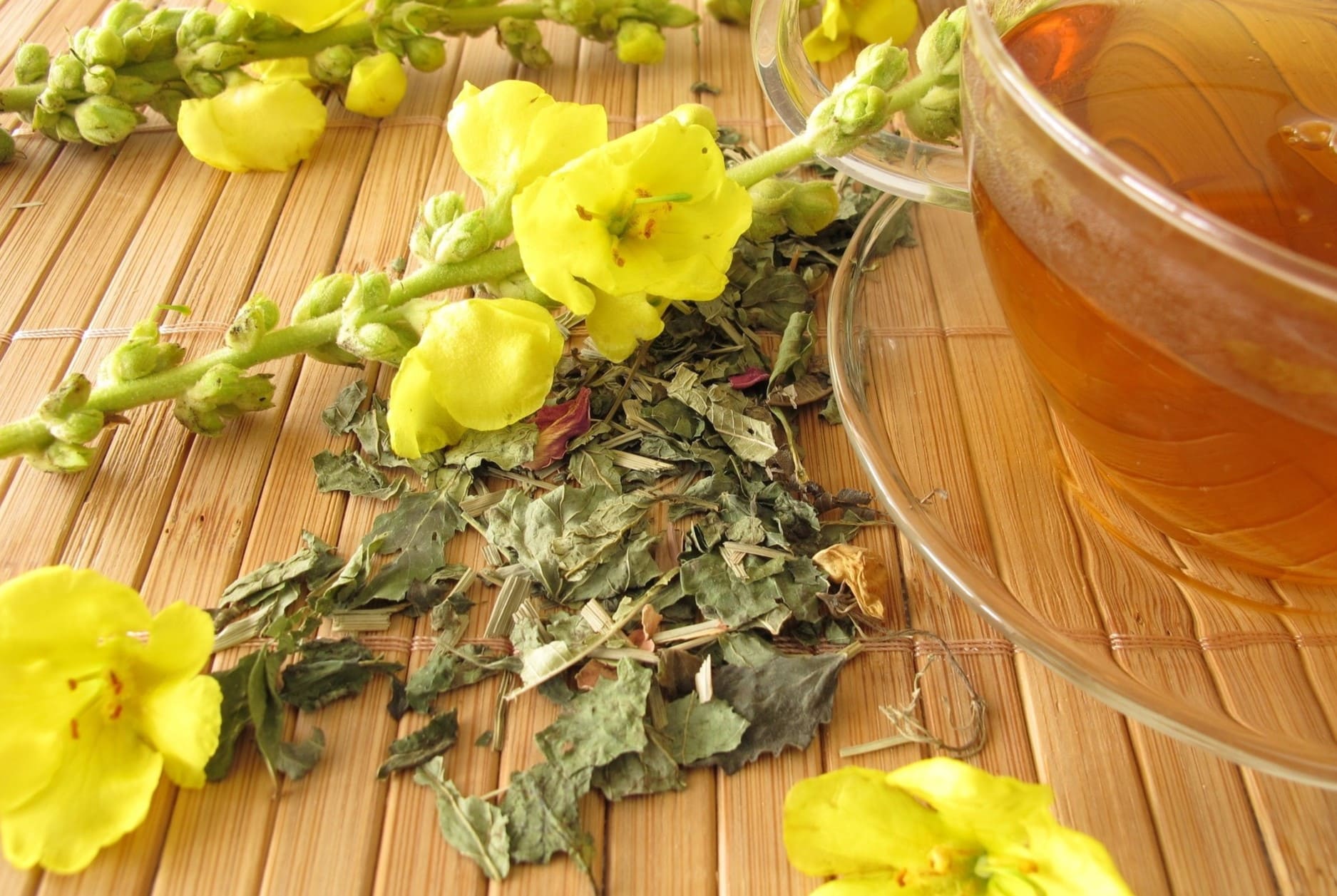
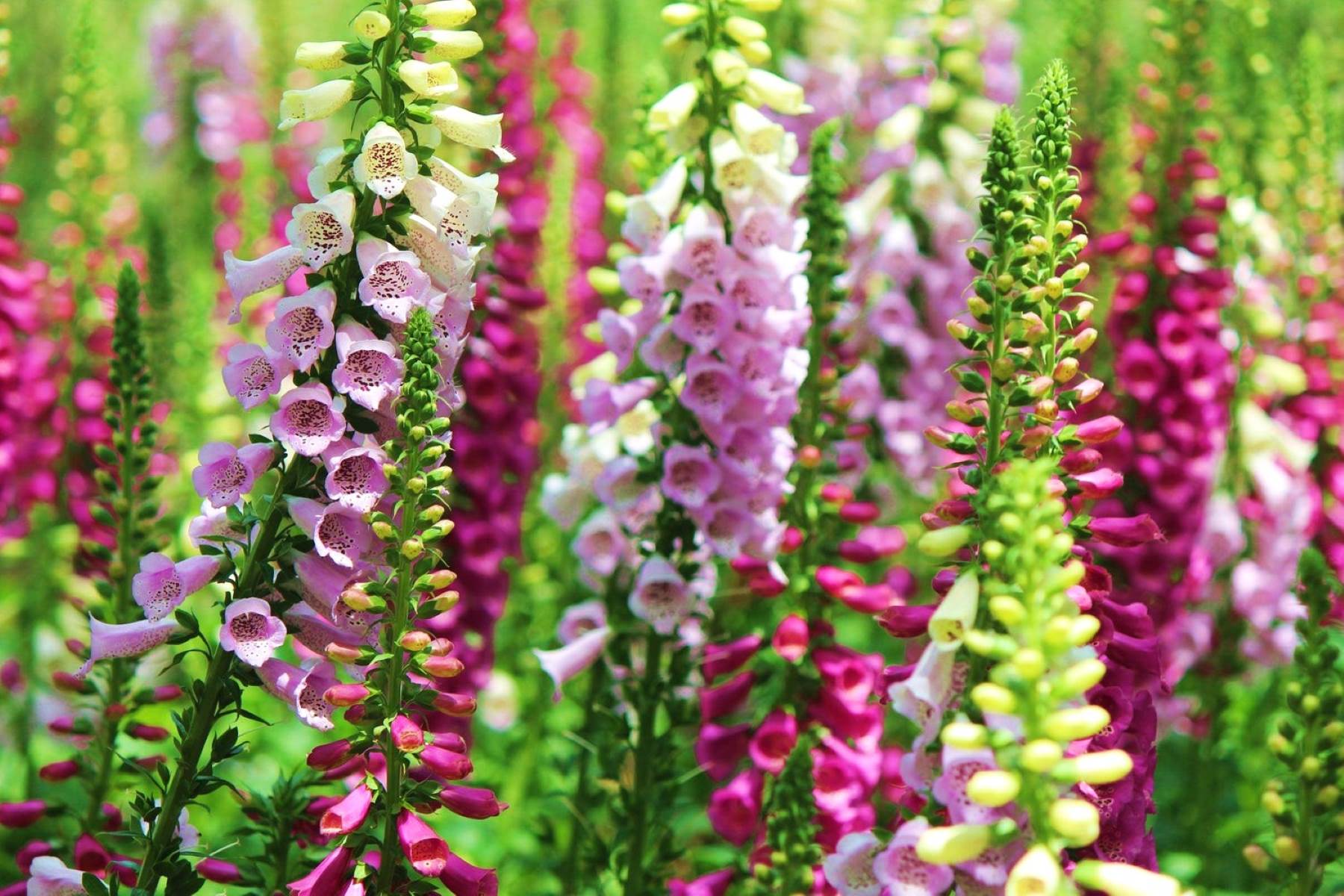
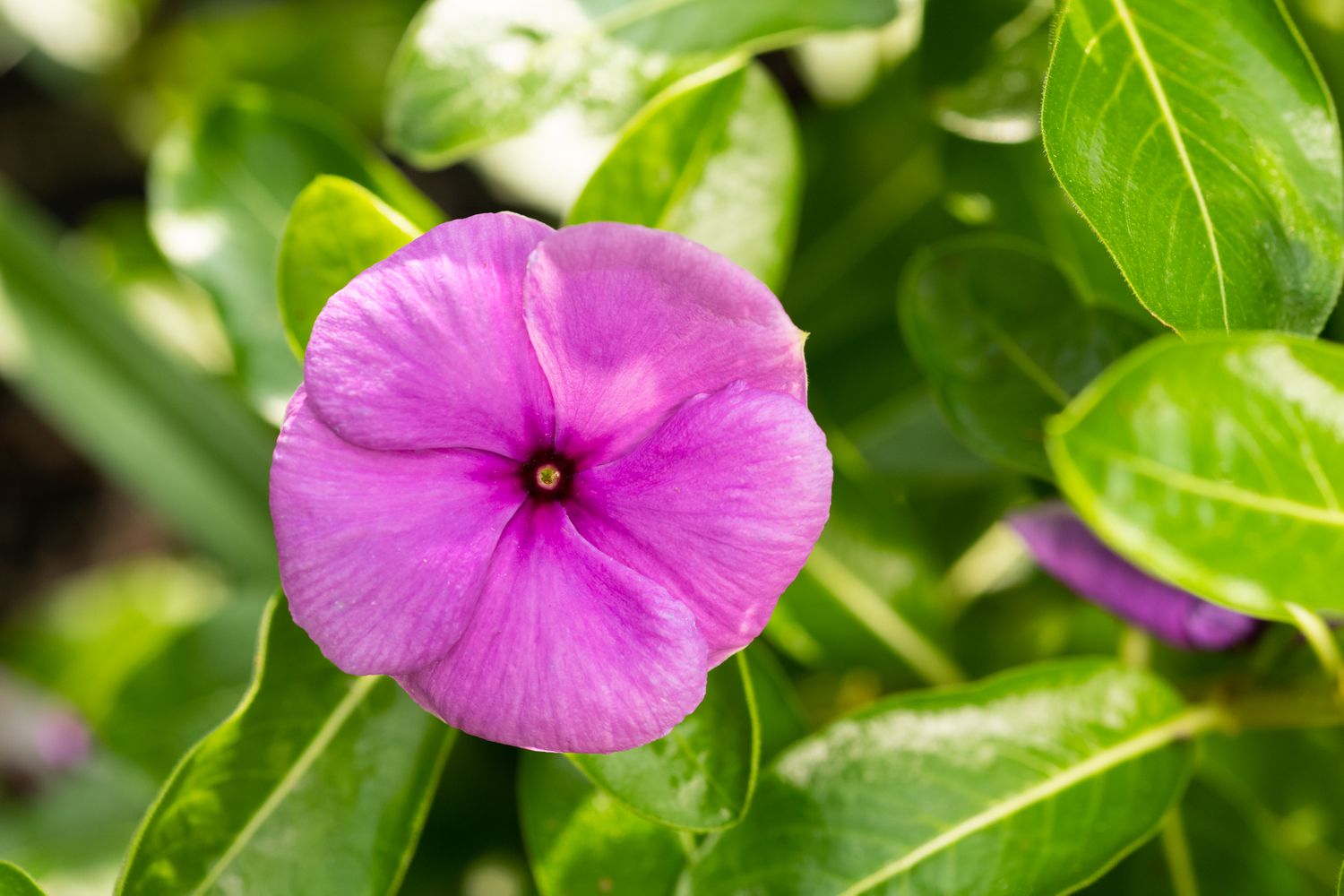
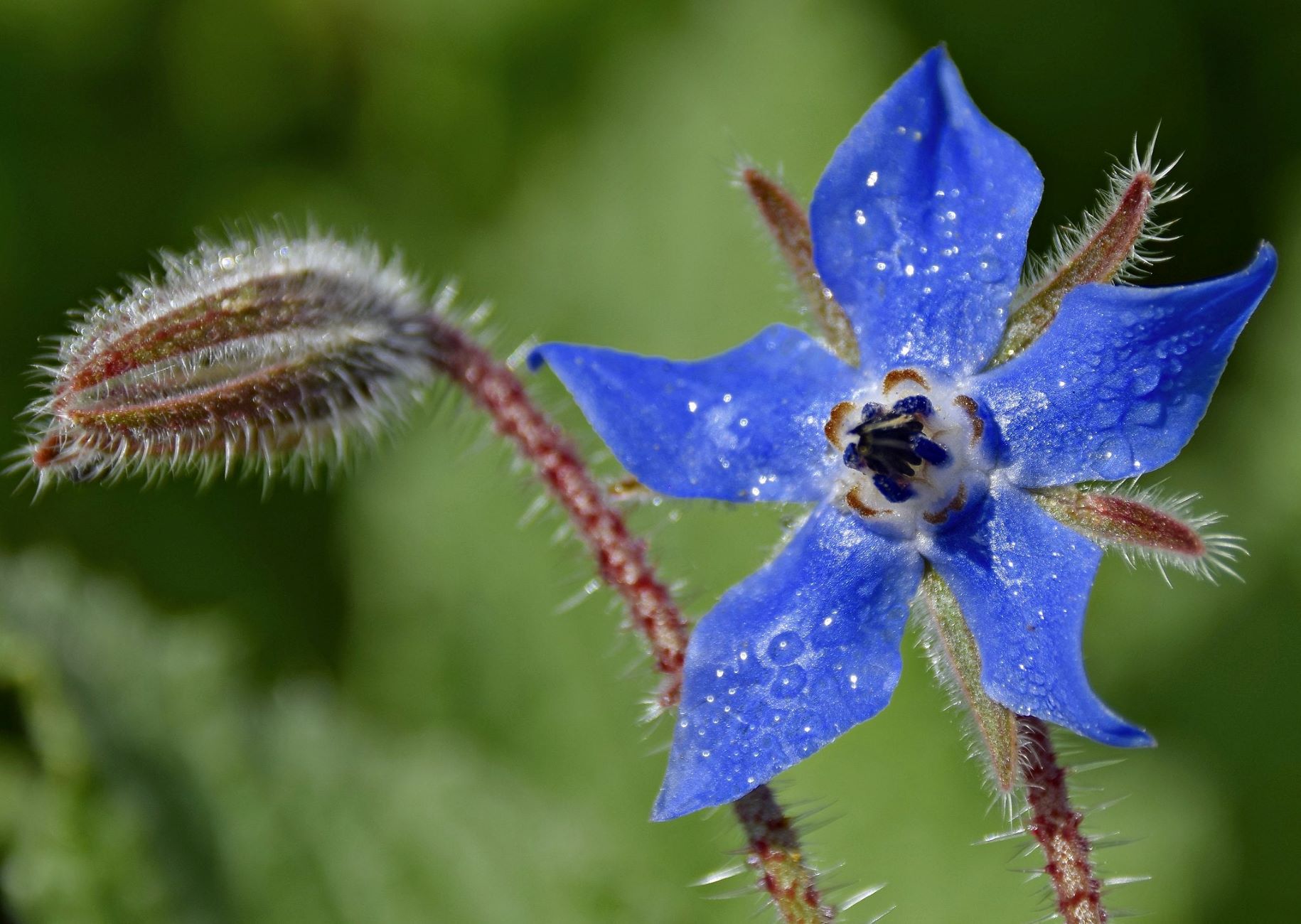
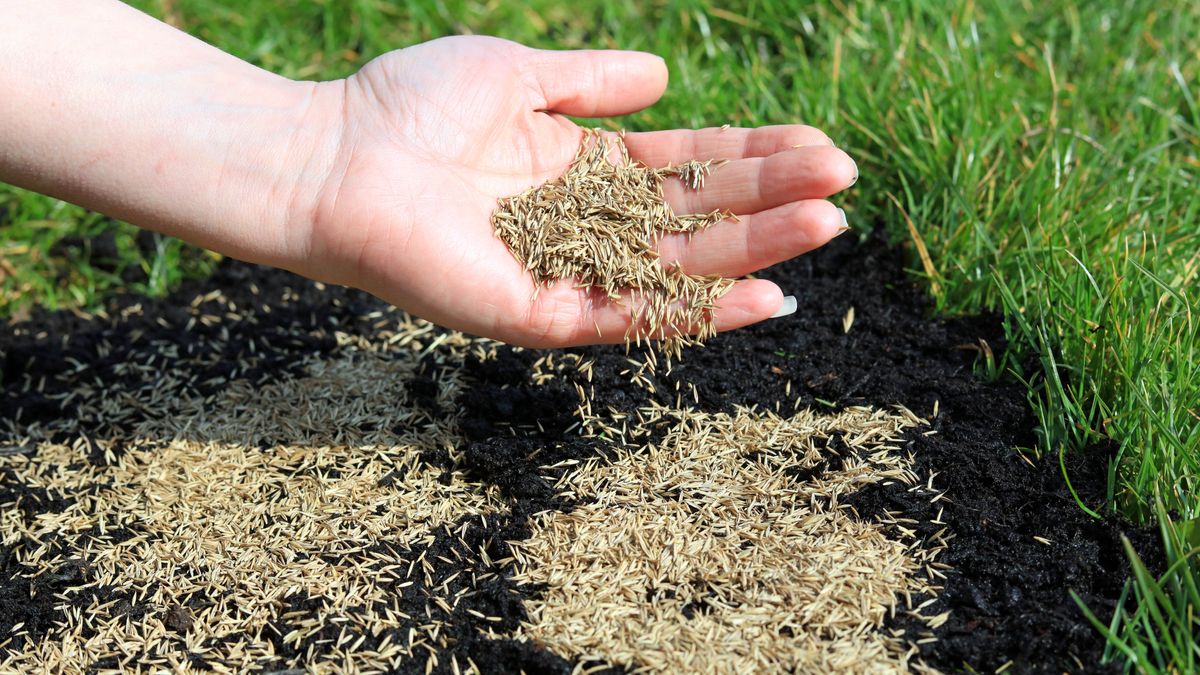
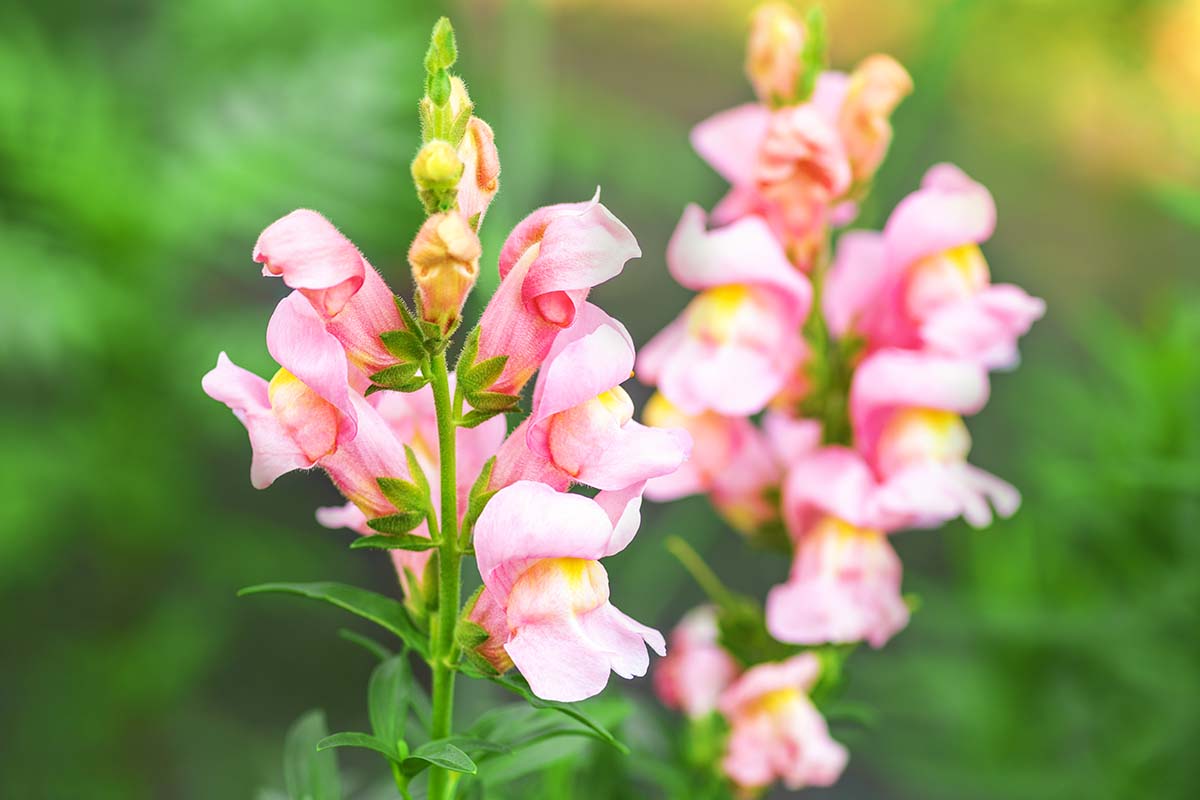








0 thoughts on “When To Plant Dahlia Seeds”